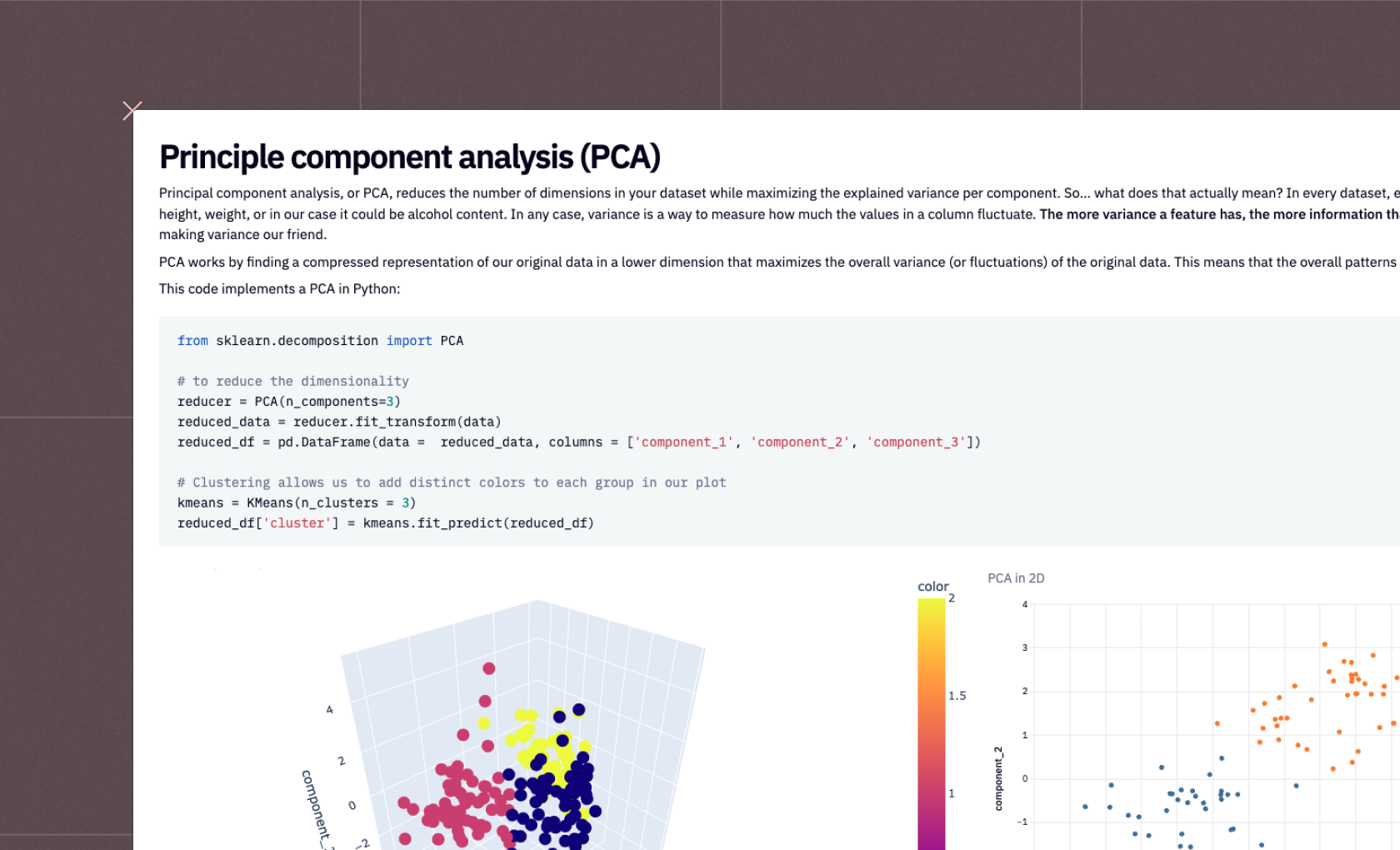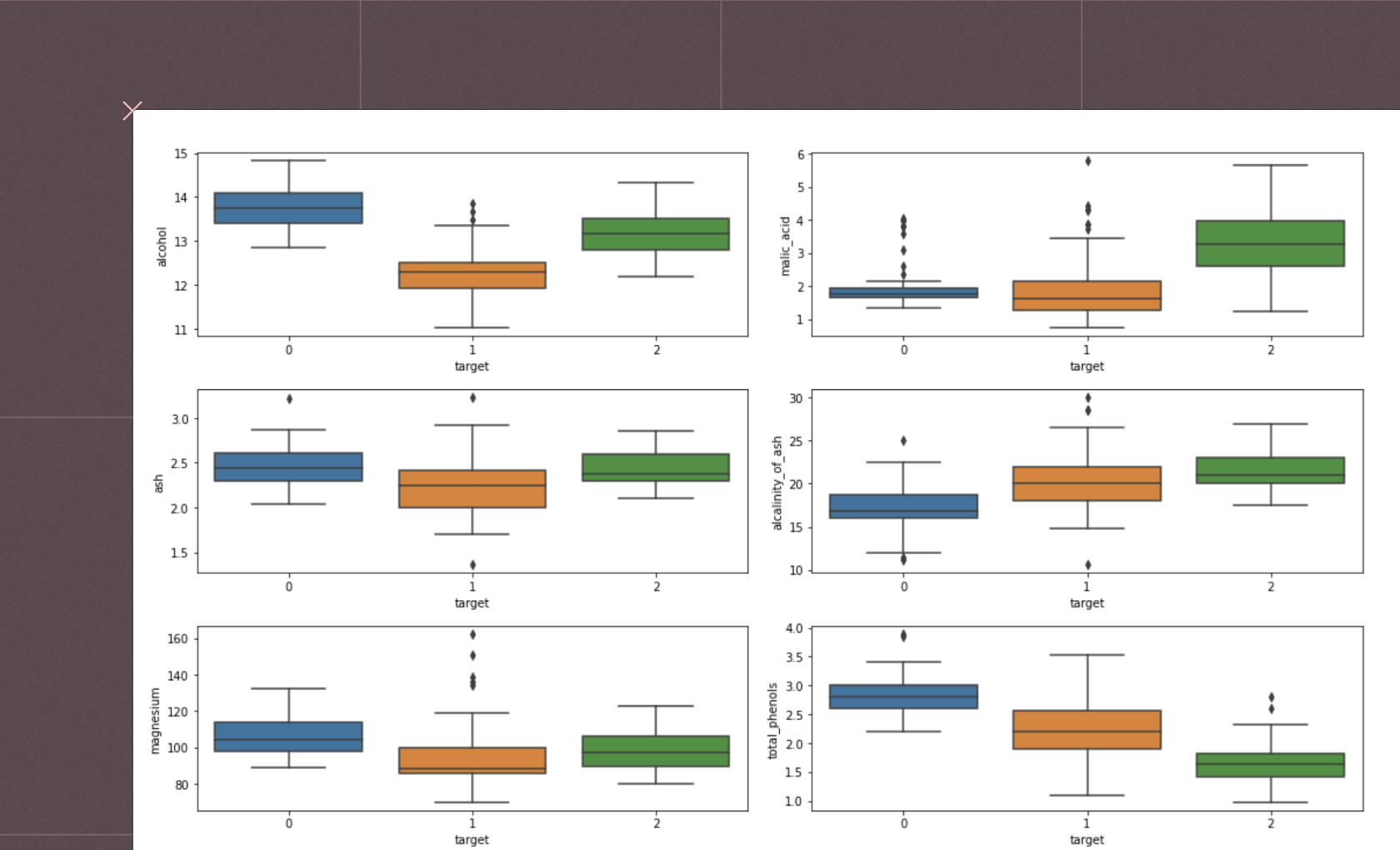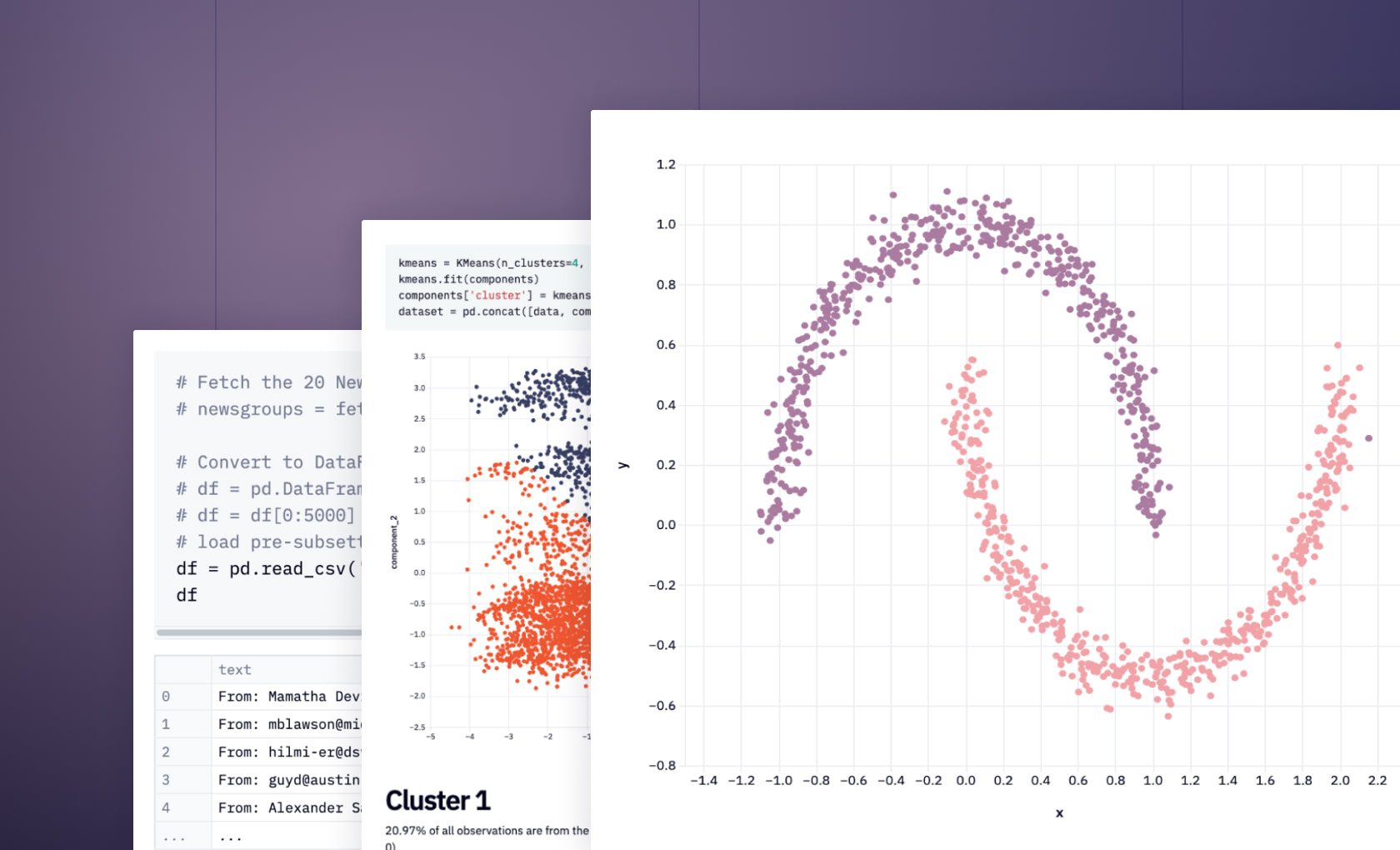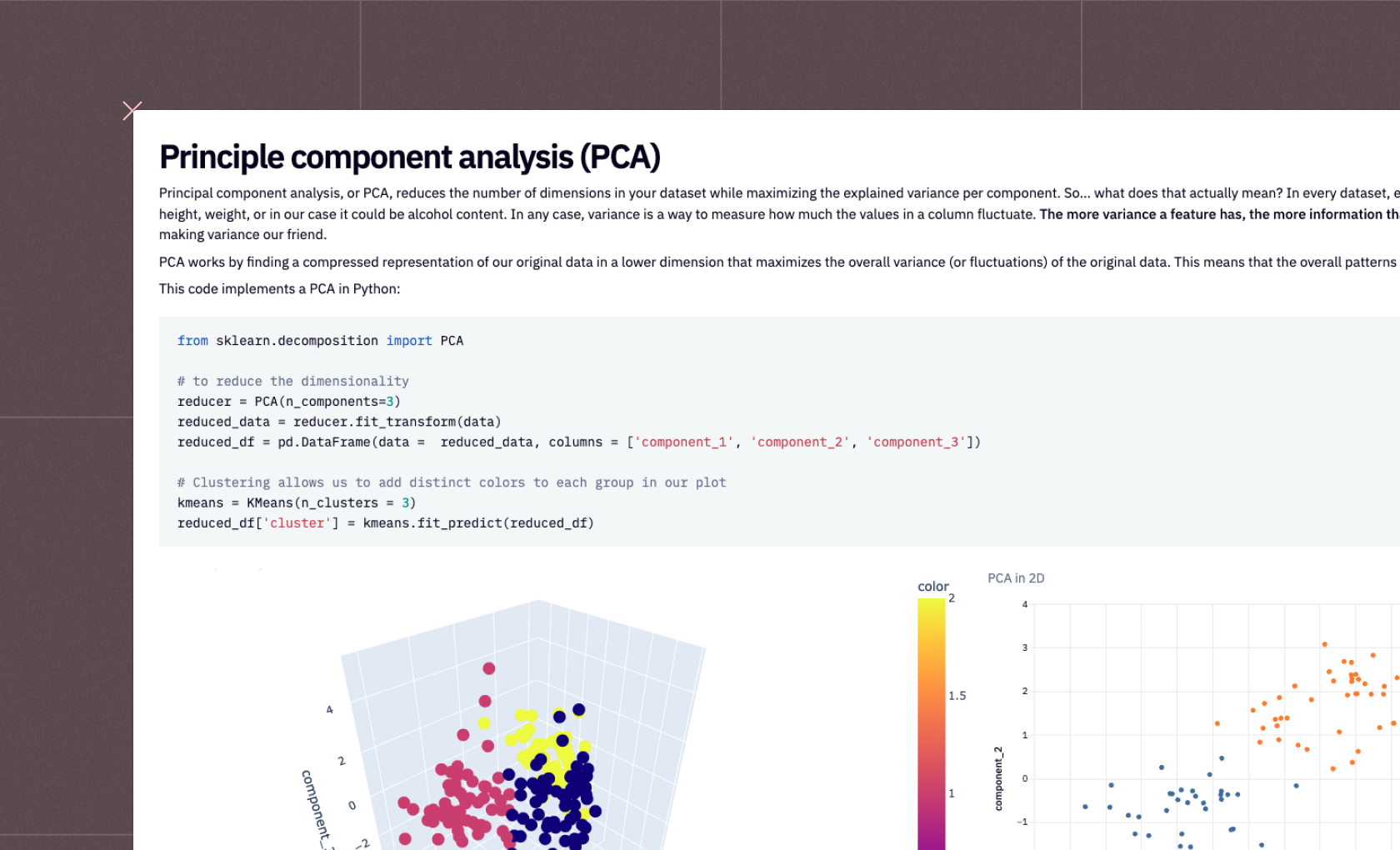A quick guide to Feature Selection
Feature selection, an essential phase in the machine learning (ML) pipeline, is the process of selecting the most relevant variables or features in a dataset to use for model training. The process offers a variety of advantages in model development and performance optimization. It plays a vital role in data preprocessing, transforming raw datasets into refined inputs conducive to accurate, reliable model learning. Feature selection enhances ML models by aiding interpretability, reducing overfitting, improving accuracy, and reducing computational costs.
Enhanced Model Interpretability
The inclusion of irrelevant features in a ML model can render it complex, difficult to interpret, and unreliable. Feature selection simplifies models by removing unimportant or redundant features, making them more understandable. This can be especially beneficial in fields where interpretability is crucial, like healthcare or finance, where predictions often require explanations to stakeholders or regulatory bodies. A model that is easier to explain also enables data scientists to gain better insights, empowering them to fine-tune it more effectively.
Reduced Overfitting
Overfitting is a common problem in ML, where a model learns the training data too well, including the noise and outliers, resulting in poor generalization to unseen data. When irrelevant features are present, overfitting is more likely to occur due to an increased complexity of the model. Feature selection reduces the chance of overfitting by minimizing the model's complexity, thereby improving its capacity to generalize to new data.
Improved Accuracy
The accuracy of a ML model is largely dependent on the quality of input data. The inclusion of irrelevant or redundant features can lead to decreased model performance due to noisy data. Feature selection mitigates this by ensuring only relevant features, which contribute meaningfully to the output, are included. This often leads to an increase in model accuracy, making predictions more reliable and useful.
Reduced Computational Cost
ML models can become prohibitively expensive in terms of computation and resources when dealing with high-dimensional data. Each additional feature can significantly increase the training time and memory requirement. By identifying and retaining only the significant features, feature selection can drastically reduce the dimensionality of the dataset. This, in turn, accelerates the model training process and reduces memory requirements, making it feasible to train models on devices with limited computational resources.
Better Handling of Multi-collinearity
In datasets with multiple input features, it is not uncommon for some features to be highly correlated with each other, a condition known as multicollinearity. This can lead to instability in the model's estimates and decrease the model’s performance. Feature selection techniques can help in identifying and removing these redundant features, ensuring that each feature included in the model adds unique information.
Feature selection is a pivotal step in ML model development that helps to enhance interpretability, reduce overfitting and computational costs, improve accuracy, and handle multicollinearity. While the process may introduce an additional layer of complexity in the ML pipeline, its benefits significantly outweigh the costs, leading to more reliable, efficient, and interpretable models.
See what else Hex can do
Discover how other data scientists and analysts use Hex for everything from dashboards to deep dives.
FAQ
Can't find your answer here? Get in touch.







